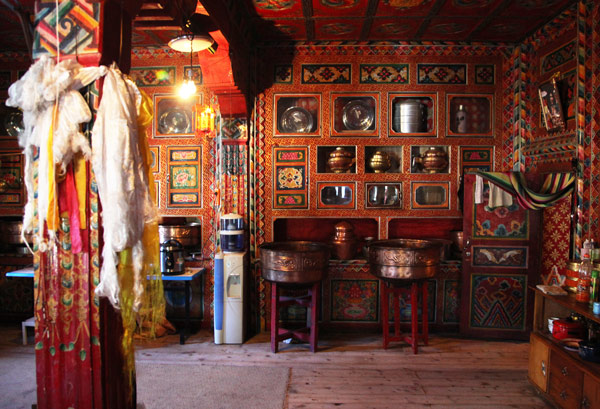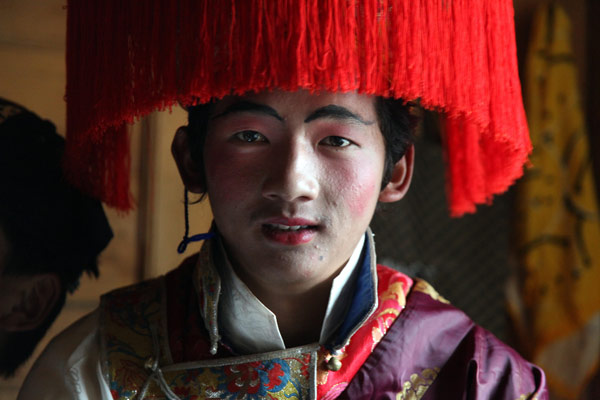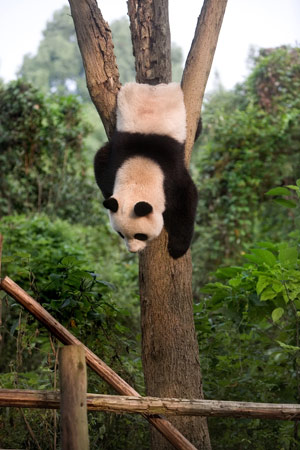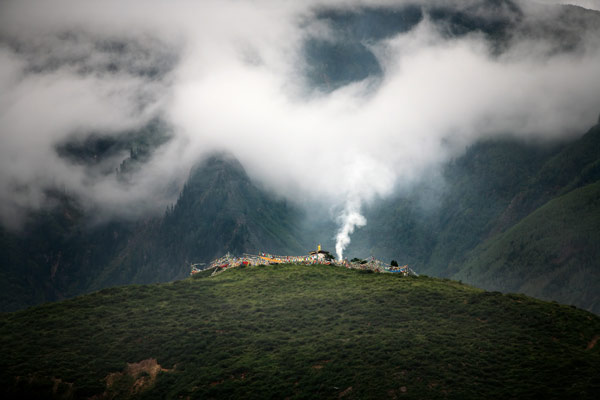DEGE, CHINA — “Shimmering like crystal in a mid-day sun; blinding snows melt and rivers run.” These could be the words used on a glossy brochure to promote any number of European or North American ski destinations.
But, instead, the words describe what’s happening before my very eyes in a magical place made up of alpine peaks and snow-covered mountain passes in southwest China’s Sichuan Province.
This is the China that has long captured my imagination. A place that is so breathtakingly beautiful that even the most poetic words cannot fully describe the overwhelming effect it has on first-time visitors.
Having fallen in love with China during many previous visits, I wanted to venture further into this dynamic land and experience its remote rural lifestyle — the food, the people, the culture; all on my own.
So my solo trip begins in Chengdu, a large city that was thrust into the headlines in 2008 when so many died here after a massive earthquake struck this poor agricultural region. The grieving is over — lives and towns are being rebuilt amidst a new spirit of hope.
And it’s that Sichuan spirit that truly impresses me during my three-week excursion. Despite their harsh surroundings and everyday struggles, the people make you feel welcome — proud to share their meager lifestyle with the stranger in their midst.
So who am I to complain about the agonizingly long bus trip that takes me from Chengdu to Kangding, the historic trading town and capital of the Garze Tibetan autonomous prefecture where I meet up with my driver, Su, whom I’ve hired to take me westward to Dege, a small town on the Sichuan/Tibet border.
I speak just enough Mandarin to order a beer. Su’s English isn’t much better. We get along just fine.
The drive to Dege is epic — the return trip even more so. Each day we climb higher and higher into the jagged mountains, through one small town after another until we reach Jagiang, a tiny Tibetan village that sits in a green carpeted valley dotted with grazing yaks.
There are no hotels here, only a few brightly-painted guest houses that hug the river; the town’s lifeblood. It’s here where the first incident of the trip occurs — I’m thrown off a horse. As my head is about to meet the ground, I’m not worried about re injuring my recently broken leg or that one boot remains firmly attached to the stirrup; only that my camera does not break.
The high altitude (2,700 metres above sea level) is not agreeing with me — I especially feel its effects (sleeplessness, headaches, shortness of breath) at night. Knowing I will climb to an altitude of 5,050 metres in the coming days, it starts to concern me. However, during the day the symptoms all but vanish.
So we drive on … through Litang, where child monks play with me and test out their English words; and Batang, where the visiting Tibetan Opera is in town to perform for eight days.
In the Cuo-Pu Valley, monks take us in for the night because the roads are too dangerous to drive on late in the day.
Next day, we reach Ganzi, the last stop west before reaching Dege.
Ganzi, which sits in the shadow of stunning mountains, is truly spectacular. But we have to climb to the temple that sits perched over the town to truly appreciate our surroundings. Ganzi, you see, is under renovation and construction dust fills the air.
The temple is a refuge of peace, harmony and a lively debate the night we visit. Around 6 p.m. each day, the temple monks engage in a debating class – the last study session of the day – and we are invited to listen.
Groups of monks challenge each other’s ideas and concepts in spirited fashion and no subject, it appears, is off limits. Even (Canadian R&B singer) Justin Bieber is a topic. Amazing!
Older lamas walk around taking notes and evaluate the quick-thinking responses and creative arguments of the participants. Even the youngest of the monks eagerly toss out their ideas to be challenged.


Above: The past is preserved in many different ways in this remote part of China.
The whole evening is a treat — an experience I shall not soon forget. Leaving Ganzi is hard, but Dege and another temple await.
Dege’s temple is world renowned as the place where Tibetan sutras and classics are printed. The process is done completely by hand; running a roller along fresh strips of paper on inked wooden paddles. So mesmerizing is the work that I could have stayed and watched all day a printing process that pre-dated Gutenberg by centuries.
Slowly turning back east, we pass through Baiyu, home to a temple that’s much bigger than the town; Daofu in the mountains; Danba, where Tibetan villages cling to mountain sides; Luding, where the Red Army was held back at the river at a terrible cost; and finally back to Chengdu, where I stay at a funky hostel which looks more like a tiki bar – an oasis for RMB-pinching young travellers, and some pretty well-healed older ones, as well.
As I walk through Chengdu’s Panda breeding centre, I wonder how long it will be until I can return. Sichuan is a huge province and there’s so much more to explore — many geo parks and UNESCO World Heritage Sites to discover.


Left: The area is famous for its panda breeding centre. Right: A far-off mountain village awakes.
I’m not sure when I’ll be back, but Sichuan keeps calling my name.
To see more of Spencer Wynn’s amazing photos from his trip to Sichuan go to trekkchina.com
About the Author
Camping in -45 degree temperatures to “get the shot” is nothing new to Spencer. His extreme passion for photography has taken him to dynamic Arctic landscapes, including the west coast of Greenland to film calving glaciers and through the Northwest Passage to shoot the vanishing icecaps, polar bears, walrus, caribou and the living conditions of the Inuit people. Wynn says it’s difficult to narrow his favourite locations. "My favourite destinations would have to be the Canadian Arctic, but also many locations in China including Kashgar in the far northwest, the villagers in the high altitudes of western Sichuan and the plunging rice terraces of southern Yunnan."